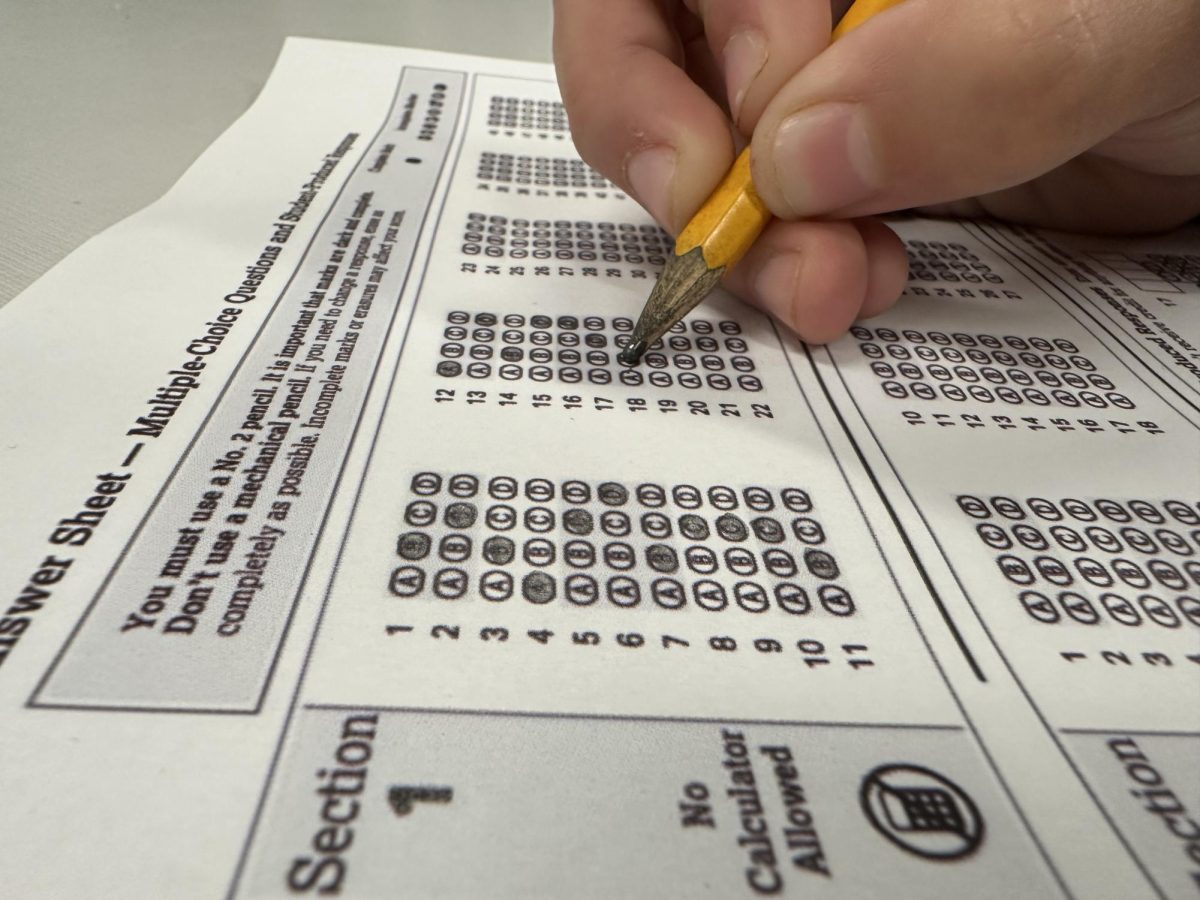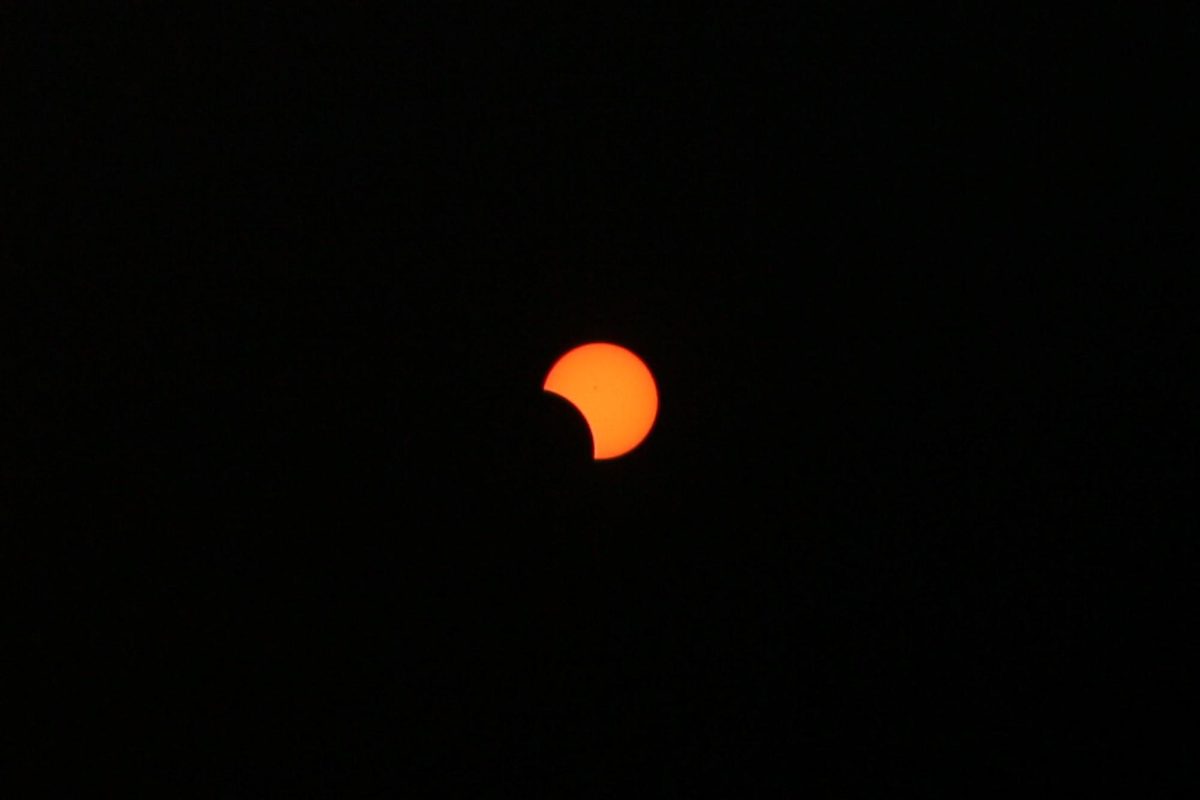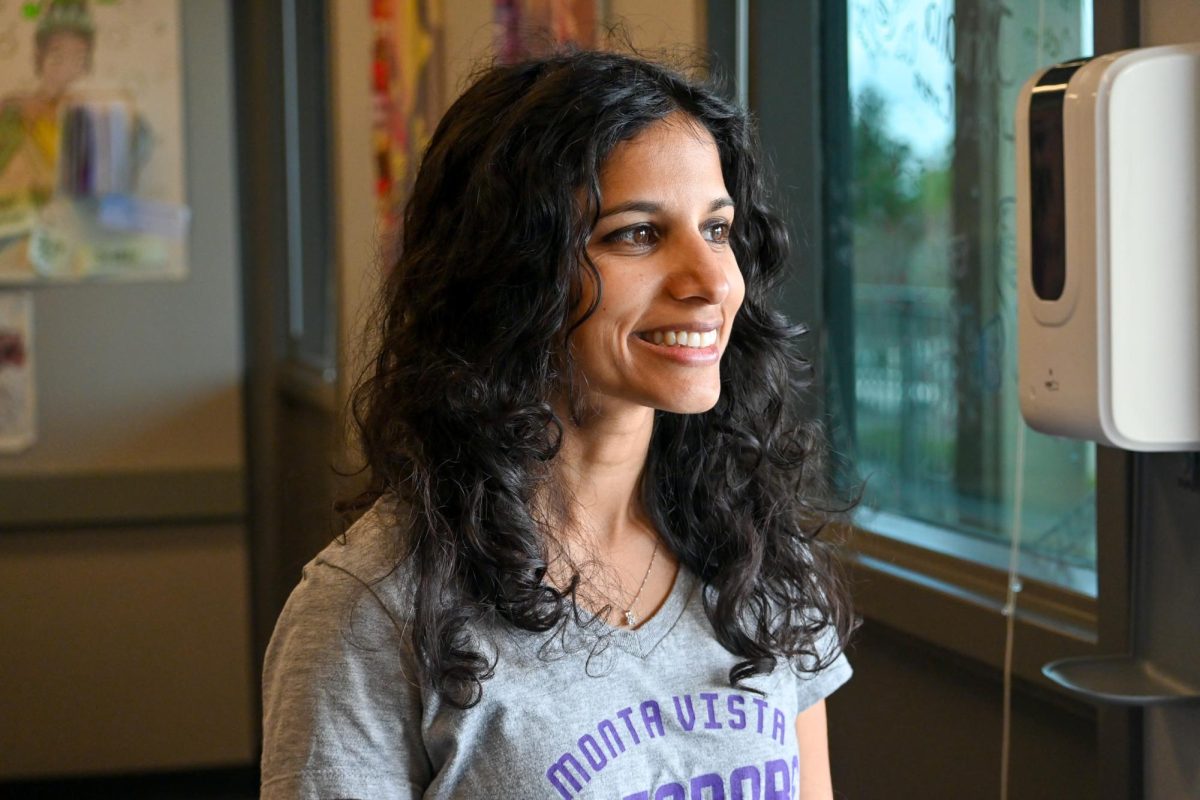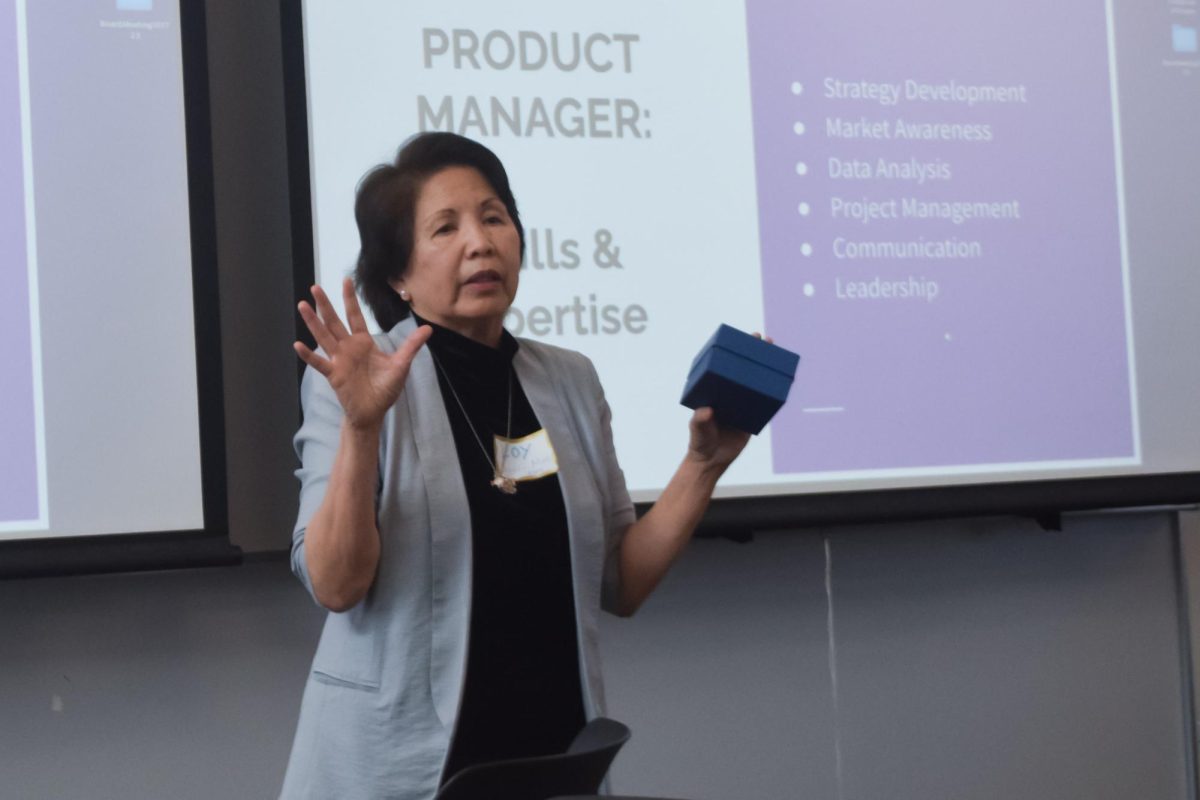 Increased student interest results in a second American Studies course section
Increased student interest results in a second American Studies course section

With 690 total students, the class of 2012 tips the scales as the largest class this school has ever had. For the most part, the larger number had not made a significant difference—until course selection in 2010.
The junior-exclusive, history-literature combination American Studies course has accommodated one section of two class periods, instructed by social studies teacher Andrew Sturgill and English teacher Michelle Balmeo, for the past two years. But for the 2010-2011 school year, increased student interest in American Studies has necessitated the creation of a second section.
The change was expected: the number of interested students had been on the rise for the past year. The class of 2011 had approximately 90 prospective students to the single class section limit of 66. Administration took the most recent 139 sign-ups for the course in stride; two sections of 66 students were arranged via lottery. Out of the seven remaining wait-listed students, three had been placed as of mid-August.
Yet, there was more work to be done than simple student placement. An added class section translated to a shift in educational resources, namely a necessary increase in textbooks, tables catered for group-work and perhaps most importantly, teachers.
By March 2010, English teachers David Clarke and Diana Combs had been recruited for the American Studies teaching team. Though Clarke is commonly recognized as an English teacher on campus, a dual certification in both history and literature establishes his position as the history teacher for the class. Both have worked closely with Balmeo and Sturgill to establish uniformity between the two classes.
“Balmeo and Sturgill have really designed this course very specifically right down to the day… so Combs and I are pretty much committed to [doing] the exact same thing,” Clarke said. “Same lessons, same curriculum, same test—it’s basically the same course.”

Since its introduction in 2007 by Sturgill and Balmeo, American Studies has been widely valued for its unique nature. The subject-combination course, with units organized thematically rather than chronologically, features consecutive class periods and double the classmates and teachers. Unlike other classes, highlights include a dominant amount of group work as well as an annual week-long tour of the American South.
For many, the course’s collaborative nature fosters a feeling of class unity, akin to a family. This appeal, along with the supposed guarantee of two reputable teachers, has attracted many to the class. Yet, with double the number of students in the upcoming year, changes for the two separate classes are inevitable.
Sturgill notes that a significant amount of class bonding stems from the field trip to the South. As of now, the trip is planned to accommodate both classes by playing off the “separate but together” concept—same flight, hotel and experience for both, but divided into two manageable groups.
The newest teachers will be, as Sturgill puts it, “teaching everything with their own little twist,” but any students anxious about their placement in the newest course section should be able to qualm their teacher-related fears.
“My perception of myself and Combs is that people generally like being in our classes,” Clarke said. “So, am I going to act like Sturgill and Combs try and act like Balmeo? No, but I don’t think we really need to act much different than we do to kind of live up to [their reputation].”
{cc-by-nd}






















